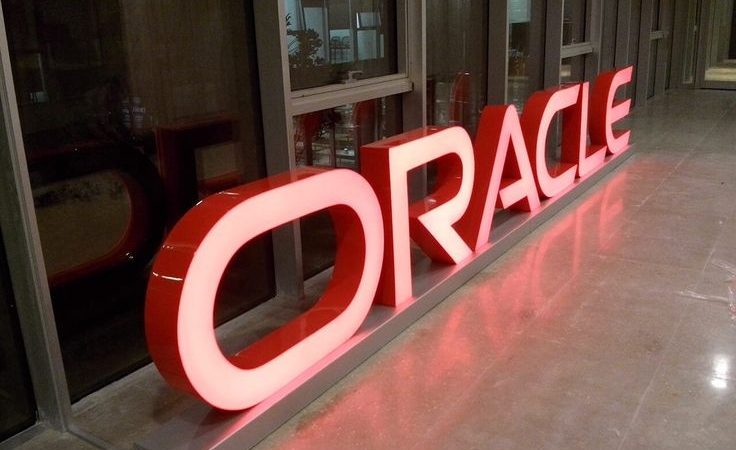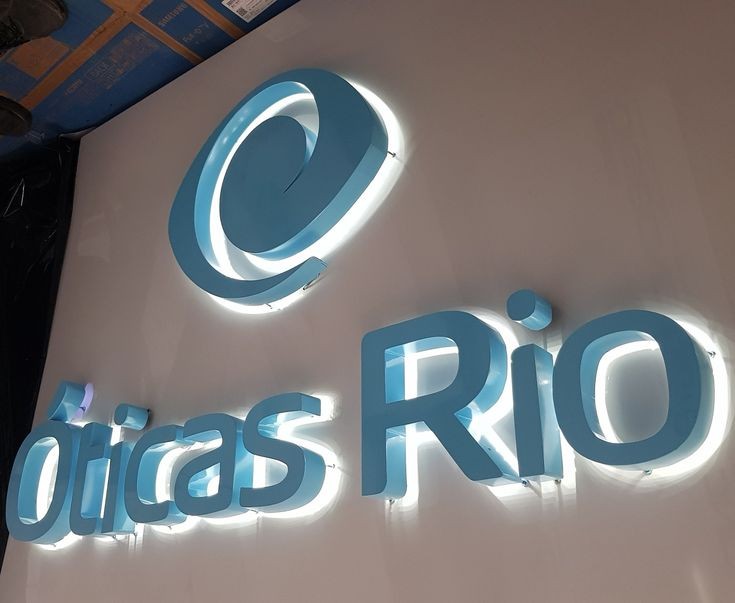As the demand for realistic and detailed 3D models grows across industries, from gaming and film to architecture and manufacturing, many wonder why these models come with a premium price tag. The cost of a high-quality 3D model involves much more than the final visual output; it requires specialized skills, advanced software, time, and intricate detailing to produce something that’s both functional and aesthetically pleasing. Here, we’ll explore the factors that make 3D models expensive, highlighting the unique demands of 3D modeling and why it’s a worthy investment for many businesses. Why 3D Models Are So Expensive: A Deep Dive into the Cost of Quality Design and Production
Skilled Labor and Expertise
One of the biggest factors driving up the cost of 3D models is the expertise required to create them. Professional 3D modelers bring years of training, experience, and artistic vision to the table, along with knowledge of complex software tools and rendering techniques. Here’s why skilled labor is such an important cost factor:
Technical Knowledge
3D modeling demands a strong foundation in geometry, spatial awareness, and texture mapping, which allows modelers to create realistic forms and details. These skills are essential in producing models that look and feel authentic, especially when used in virtual reality, video games, or architectural visualizations.
Artistic Skill
A quality 3D modeler is also an artist who understands the nuances of form, lighting, and texture. Crafting a model that’s visually appealing and believable requires the modeler to blend technical knowledge with artistic flair. The level of detail and finesse that goes into making lifelike characters, intricate environments, or complex product designs can be time-consuming, contributing to higher costs.
Experience and Specialization
More experienced 3D artists generally charge more for their services, and for good reason. Skilled modelers understand how to avoid common pitfalls, produce efficient models that render quickly, and meet the unique requirements of different industries. This expertise enables them to deliver results that not only look good but are also optimized for performance.
Time-Intensive Process
Creating a high-quality 3D model is not a quick process. It involves several stages, each of which requires time and precision to ensure a polished result. Here’s an overview of the stages involved in producing a 3D model and how each contributes to the overall cost:
Concept and Design
The process often begins with a concept or design stage, where artists and clients discuss the model’s purpose, style, and specific requirements. This stage sets the foundation for the model’s visual style and functionality.
Modeling
The actual 3D modeling phase is where the form of the object is built, vertex by vertex, and polygon by polygon. For detailed models, such as character faces or architectural details, this step can be extremely time-consuming. The artist must ensure that each angle, curve, and surface matches the design, a meticulous process that can take days or even weeks for complex models.
Texturing and Mapping
Once the model’s structure is complete, the artist applies textures and maps to give it color, surface details, and realistic lighting effects. This process often involves creating multiple texture maps, such as diffuse (color), bump (depth), and specular (shine), which add richness and realism. Texturing can be labor-intensive, especially when aiming for lifelike details like wood grain, metal, or fabric.
Rigging and Animation
If the model needs to be animated—such as characters in a video game or product models in marketing—it will require rigging. Rigging is the process of adding a digital skeleton to the model, allowing it to move. Rigging and animation add another layer of complexity, especially if the model needs to perform specific actions, like walking, speaking, or interacting with other objects.
Rendering and Final Output
Finally, rendering the model into a usable format can be computationally heavy and time-consuming, especially for highly detailed or realistic models. Rendering software requires considerable processing power to calculate the lighting, shadows, reflections, and textures. High-resolution renders take time, often requiring dedicated computer resources or even render farms to meet deadlines.
High Cost of Specialized Software
Another factor contributing to the expense of 3D models is the cost of the software used to create them. 3D modeling software is specialized and often comes with a high price tag, as these tools require constant development and updates to support the latest advancements in rendering, animation, and 3D design.
Popular Software
Programs like Autodesk Maya, Blender, ZBrush, and Cinema 4D are industry-standard tools for creating professional-grade 3D models. These programs offer powerful tools and customization options, but they are also expensive and require subscriptions or upfront costs that can add up. For instance, Autodesk Maya can cost thousands of dollars annually, and while Blender is free, many advanced plugins and tools require additional payments.
Plugins and Add-Ons
To achieve certain effects or functions, modelers often use specialized plugins that are an extra cost. Plugins for tasks like advanced rendering, hair or cloth simulation, or animation can be essential for specific projects, but they add to the total cost of the model.
Hardware Requirements
3D modeling requires powerful computers with high-performance graphics cards, processors, and plenty of RAM.
Level of Detail and Customization
The complexity and detail required in a model also significantly affect its price. There is a big difference between a simple geometric shape and a detailed character or building model. Here’s how different factors related to detail and customization contribute to cost:
Realism and Detail
Models that need to be photorealistic or highly detailed, like character faces, complex architecture, or organic textures, take more time and effort to create. Such models require high polygon counts, intricate textures, and detailed shading, all of which contribute to a model’s final price.
Customization Requirements
Customization can involve branding, unique textures, specific proportions, or exclusive animations, all of which require additional time and expertise.
Optimization for Different Uses
Depending on the use, models may need to be optimized for performance. For example, game assets are usually optimized to keep the polygon count low for better performance, while models for marketing might prioritize visual detail. This optimization process involves balancing quality with functionality, which adds time and complexity.
Licensing and Intellectual Property Costs
Depending on the model’s purpose, licensing and intellectual property rights may play a role in its price. When clients purchase a custom 3D model, they may also be purchasing the right to use that model in specific ways, and this can affect the final cost.
Exclusive Rights vs. Non-Exclusive Rights
Exclusive rights give the client full ownership of the model, meaning it can’t be reused by the artist for other clients or projects. This exclusivity is valuable, especially in highly competitive industries like product design or film, where unique assets are crucial. Non-exclusive rights, where the modeler can reuse the model for other clients, are generally more affordable.
Intellectual Property Fees
If the 3D model represents a patented design or a brand-specific product, intellectual property considerations may affect the cost. This is especially true for branded models, where replication or customization for proprietary designs requires careful attention to IP laws, adding to the time and complexity of the project.
Demand for 3D Models in Growing Industries
The demand for high-quality 3D models is rapidly increasing across multiple industries, adding to their overall value and cost. Here’s how various industries contribute to the demand:
Entertainment Industry
Movies, video games, and animation rely heavily on 3D models for their visuals. These industries require top-tier quality models, often created under tight deadlines, which pushes up the price for skilled artists who can deliver at the necessary quality and speed. Why 3D Models Are So Expensive: A Deep Dive into the Cost of Quality Design and Production
Architecture and Real Estate
3D models are commonly used in architecture for realistic visualizations of buildings and spaces. Clients often expect high detail and accuracy to visualize designs effectively, making 3D models valuable tools in planning and selling properties.
Product Design and Manufacturing
In manufacturing, 3D models are used for everything from prototypes to promotional materials. Detailed, lifelike models help manufacturers plan, prototype, and market products effectively, so companies are willing to pay a premium for accurate and high-quality designs.
E-Commerce and Marketing
As e-commerce evolves, product models are becoming essential for online stores, allowing customers to view items from multiple angles and even in augmented reality. The high demand for interactive and realistic product models means businesses invest in quality assets to stay competitive.
Conclusion
The cost of 3D models is a reflection of the time, skill, and resources required to produce them. Factors like skilled labor, complex software, customization needs, and industry demand all contribute to the premium price. Investing in high-quality 3D models can enhance brand image, improve customer experience, and provide lifelike visualizations that give businesses a competitive edge. Why 3D Models Are So Expensive: A Deep Dive into the Cost of Quality Design and Production




